Rominten Reichsjägerhof
About 100 kilometres southeast of Kaliningrad lies an approximately 360 square kilometers large forest area called Rominten. Before 1945, this was part of East Prussia and during the nineteenth century the area was made into an imperial hunting area. In 1891 Emperor Wilhelm II had a smaller hunting castle (Jagdschloss) built in the area. After the Nazis came to power, Hermann Goering, Prussian minister-president, tried to buy the hunting castle but failed. In 1936, Goering built his own hunting lodge about two kilometers northwest of the emperor’s hunting castle. This lodge was called Reichsjägerhof in his capacity as Reichsjägermeister. Already the year before, Goering had acquired a first Reichsjägerhof located just outside Braunschweig. The Rominten was far more lavish than the Emperor’s counterpart and, like Goering’s Carinhall north of Berlin, was a product of Goering’s appetite for robust and pompous buildings. The Reichsjägerhof was built in timber and consisted of two wings of each about 50 meters, a main wing of about 35 meters, a large courtyard, a large terrace and a smaller tea house about 50 meters below the main wing. The decor consisted of hunting trophies and sumptuous luxury that was often stolen goods that Goering had taken from all corners of Europe.
Just as Carinhall was named after his first wife, Carin von Kantzow, the Reichsjägerhof was unofficially called Emmyhall after his second wife, Emmy Sonneman. But just as in the case of Carin, Emmy could not and did not get equated with Carin and therefore Emmyhall also became a smaller copy of Carinhall. Goering, on the other hand, spent a lot of time in the Rominten and the Reichsjägerhof and arranged large hunting parties for friends, co-workers and guests of political dignity. About ten kilometres south of the Reichsjägerhof, Goering established his military field headquarters, OKL Robinson, where he led the war against the Soviet Union. Hitler’s field headquarters Wolfschanze was also within a reasonable distance where Goering quickly by train or car could go if Hitler required his presence. As the Soviet Red Army approached the Rominten in October 1944, Goering had the Reichsjägerhof blown up by dynamite.
Current status: Demolished (2013).
Location: 54°22'28.8"N 22°31'26.3"E
Get there: Car.
Follow up in books: Willi, Frischauer: Goering (1950).
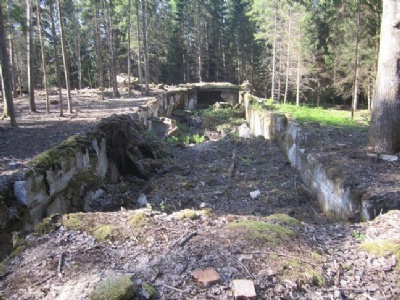
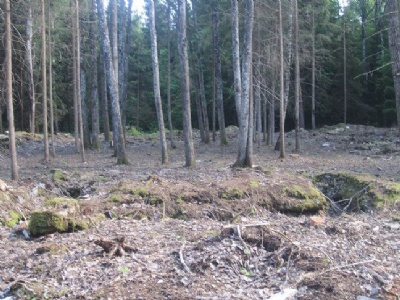
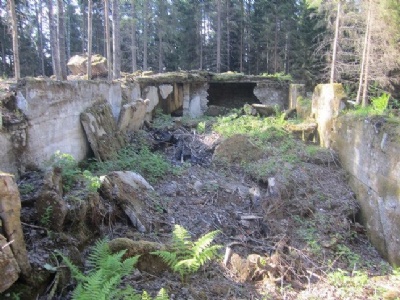

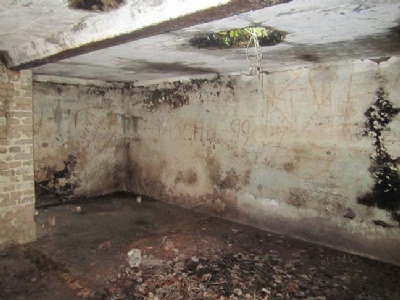
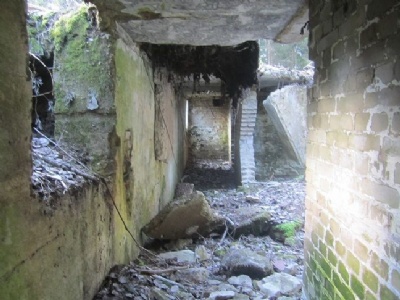
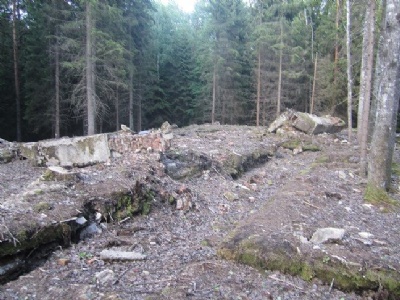
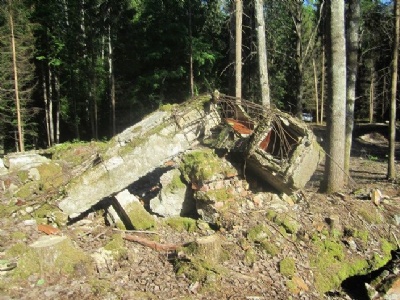
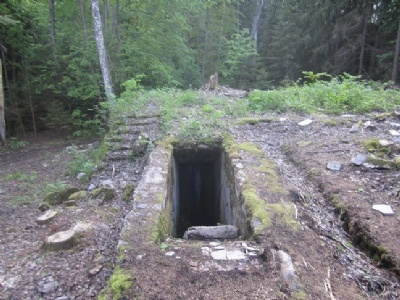

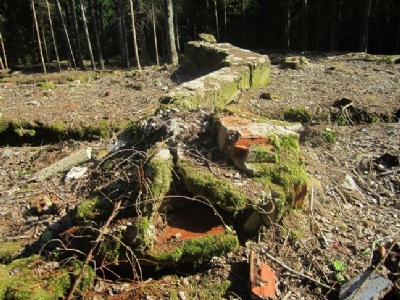
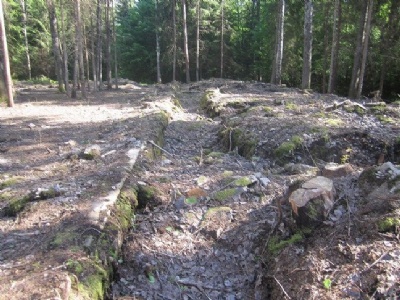

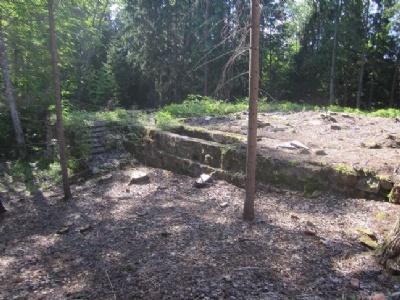

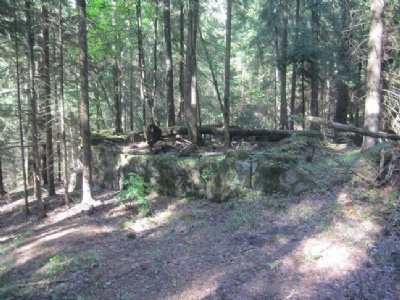
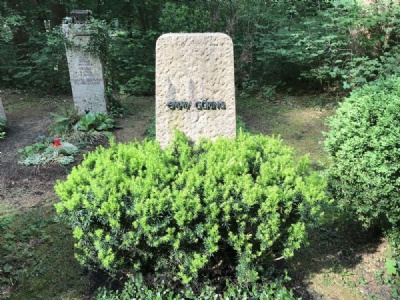
The Ruins of Reichsjägerhof are located far into the Rominten forest, about two kilometers from the border with Poland and as a foreign visitor, a special permit is needed to visit the area. This permit can be obtained through the local FSB (formerly known as KGB) in Kaliningrad. To find the site requires very good local knowledge of the roads leading into the Rominten. Don’t count on any signposts to help you out The roads divide in all possible directions and some roads and bridges are in bad condition, especially in winter and after heavy rain. First near the site there have been signposts put up.
The site itself was a positive surprise, the pictures I have seen from the Internet gave the impression of a lot of vegetation. But it turned out that the site had been cleared from trees (May 2013) and the ruins were therefore quiet visiable. The ruins were also in much better condition than I had expected and it was easy to use the layout I had over the lodge to locate where each room had been. In addition, there are several cellar spaces you can enter and some requires flashlight to be able to see what’s there. The ruins of the tea house, the garage, the forester cottage and the sentry post, all of which were adjacent to the Reichsjägerhof, remain. In comparison with Carinhall, the Reichsjägerhof is much better preserved. All this makes me rank the site as one of the most interesting I have visited.